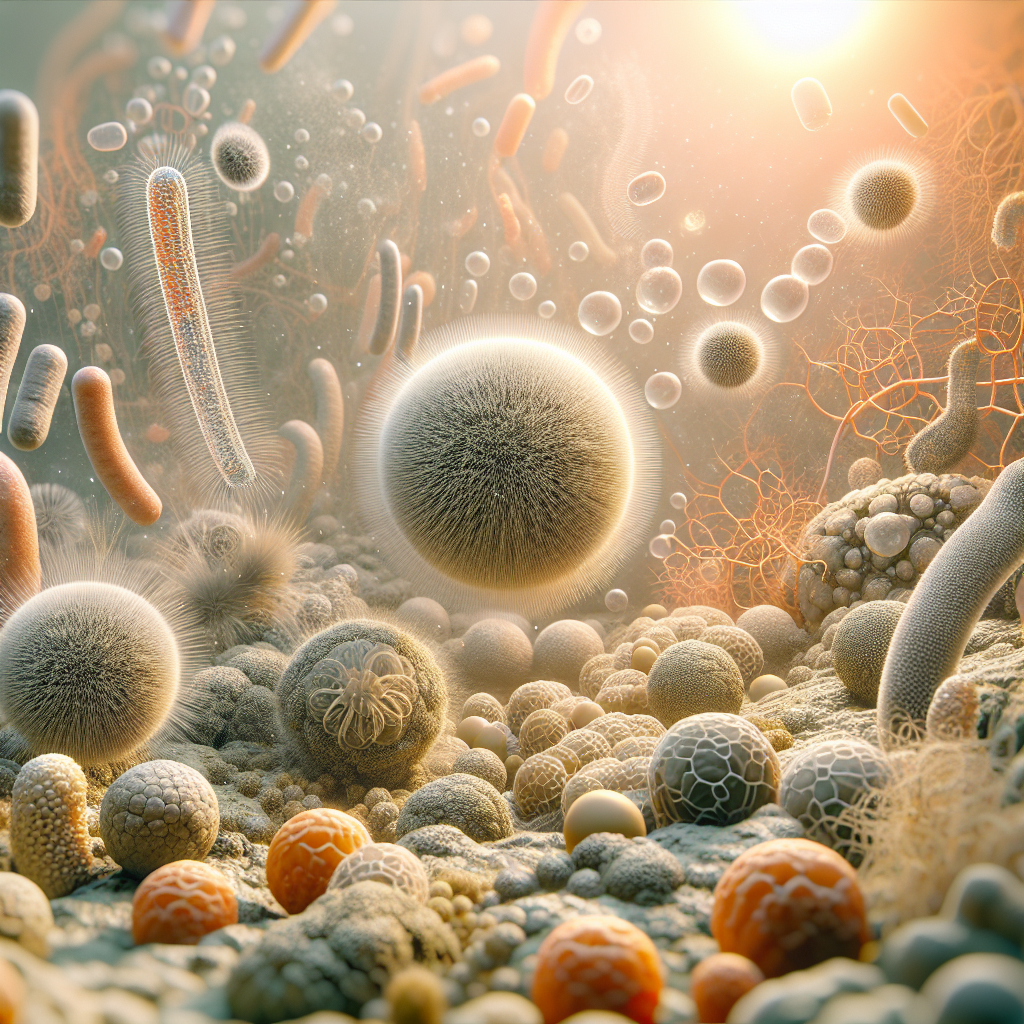Microorganisms are the invisible architects of life. Though they are too small for the naked eye to see, they are all around us, in the air we breathe, the water we drink, and even within our own bodies. These tiny life forms have been living on Earth for billions of years, far longer than any other organisms. Thanks to advances in technology, particularly the electron microscope, we can now glimpse the intricate and astonishing details of these cellular beings. Yet, even with all we've learned, there are still wonders and mysteries about microorganisms that continue to astonish us.
One of the most remarkable facts about microorganisms is their sheer number. In the human body, microbial cells outnumber human cells by a ratio of about ten to one. This means that when you look in the mirror, you are, in fact, more microbe than human! But these microorganisms are not mere passengers; they are active participants in our health and well-being. Our microbiome, the community of microbes living within us, plays a critical role in our immune system, helping to protect us from disease and aiding in digestion.

Microorganisms are not just important to human life; they are the dominant life forms on Earth, thriving in every conceivable environment. From the deepest ocean trenches to the icy peaks of mountains, microorganisms are there, living and adapting to conditions that would be inhospitable to most other forms of life. Some microorganisms, like marine phytoplankton, are essential to the planet's health. These tiny organisms produce nearly half of the Earth's oxygen, a staggering contribution considering their size.
The role of microorganisms as decomposers is another aspect of their vital importance. They break down dead organic material, recycling nutrients back into the environment. Without these industrious decomposers, Earth would be buried under mountains of waste, and the delicate balance of ecosystems would be thrown into chaos. In essence, they are the unseen custodians of our planet, maintaining the cycle of life and death that sustains all living things.
In recent years, microorganisms have captured the imagination of scientists in new ways. As we look beyond our planet, searching the stars for signs of life, it is these resilient organisms that offer the most promise. Extremophiles, microorganisms that thrive in extreme conditions, challenge our understanding of where life can exist. Whether in boiling hot springs, acidic lakes, or the frigid vacuum of space, these hardy microbes might be our best bet for finding life on other planets.
As we continue to explore the universe, the study of microorganisms not only deepens our understanding of life on Earth but also opens the door to the possibility of life elsewhere. The next time you pause to breathe, remember that in that very moment, you are sharing your world with trillions of tiny, unseen companions who have been here long before us and will likely be here long after. Their story is, in many ways, the story of life itself.
By Nadir Zaman

Comments